Data storytelling: How to make your data presentations unforgettable

Think about the last time you sat through a data-heavy presentation. Slide after slide of dashboards, metrics, and charts flashed by. The numbers were all there — but something was missing. You walked away with more data, but not more clarity.
Most professionals know this feeling all too well. Day after day, teams sift through dashboards and reports that inform but rarely inspire. Brent Dykes, Founder and Chief Data Storyteller at Analytics Hero and author of Effective Data Storytelling, explains why: data by itself doesn’t drive action. Real influence happens only when numbers are shaped into stories that people can remember.
In our latest episode of the Think Deeply, Speak Simply podcast, Brent unpacks the art of data storytelling — a vital business storytelling skill that transforms how professionals communicate with data. He shares how to move beyond charts and numbers to craft presentations that engage, clarify, and drive action. So, let’s dive in.
Why data alone doesn’t connect with your audience
Brent highlights a fundamental truth in analytics: numbers may feel alive to professionals who spend hours spotting patterns and anomalies, but when the same numbers are presented, the audience doesn’t share that context. This is why data storytelling matters. Stories are what bridge that gap, turning abstract numbers into something memorable and actionable.
“Numbers don’t speak. Stories do.”
– Brent Dykes
He illustrated this with an anecdote from his consulting work with a major tech company. While analyzing their call center data, he noticed that as soon as the center closed for the evening, website visits spiked with customers searching for help. Instead of simply showing a chart, he framed it as a story: What if you kept the call center open longer to capture those customers in real time?
The company tested his idea. Even though they ultimately chose not to extend hours permanently, Brent’s story was compelling enough to influence executives to act. That’s the power of context paired with narrative — even a small insight can inspire meaningful behavior.
Building a story: The narrative arc
Without narrative, even the cleanest data or flashiest visuals will fall flat. So how do you move from numbers to story? Brent points to three core elements: trustworthy data, clear visuals, and a strong narrative. Among these, it’s the narrative that gives structure to everything else — the framework that turns data points into a story the audience can follow.
To bring these elements together, Brent leans on a classic storytelling structure: the narrative arc that has guided storytellers for centuries. We all know that every good story has a beginning, a middle, and an end — and data stories are no different.
Here’s how Brent suggests structuring them:
- Setting – Start with the usual numbers and patterns to give your audience a sense of familiarity.
- Hook – The inciting incident. A sharp increase or sudden drop in a key metric that makes people ask, Why?
- Rising points – Connect the dots to show what’s really happening.
- Climax (the Aha Moment) – Reveal the key insight: the unexpected shift that changes how the audience understands the problem.
- Action/Recommendation – End with guidance. Don’t just drop insight in someone’s lap — give them options and recommendations for what to do next.
The goal isn’t to overwhelm. It’s to lead your audience to what executives value most.
“They don’t need more information. They need insights.”
– Brent Dykes
We’d like to tell you that Prezent’s Story Builder makes this process easier. It helps you shape compelling data stories around your audience and business goals, so you’re not starting from a blank slide. Instead, you get a ready-to-use narrative framework that you can adapt with your own messages, visuals, and data — saving time while ensuring your story lands with impact.
Two simple habits that change everything
While story structure is powerful, Brent believes that two habits can instantly improve any data presentation.
1. Obsess over your audience.
Perhaps the most valuable advice is to focus relentlessly on who you’re speaking to. Only when you know what matters to them will your story resonate.
“The more we understand our audience, the more relatable we can make our data stories. The less we understand… the more we’re guessing.”
– Brent Dykes
Prezent’s Communication Fingerprints helps you uncover your audience’s needs, preferences, and priorities. This feature empowers Story Builder to craft stories that connect deeply and deliver the insights your audience is seeking.
2. Write headlines, not chart titles.
One of the biggest mistakes Brent sees people make is relying on bland, descriptive chart titles. Instead, he urges presenters to use headline-style titles that guide attention.
A chart labeled “Product Revenue by Region” leaves the audience guessing what matters. But a headline like “West region grew by 60% last quarter” instantly highlights the story and tells people exactly where to look.
These small shifts can turn any data presentation into a powerful example of data-driven storytelling.
AI as a partner, not a replacement
AI is reshaping the way we work with data, but Brent offers a balanced perspective. While AI brings unmatched speed and scale to data analysis, it can’t replace the human ability to provide context, empathy, and creativity. The best data stories come when AI’s processing power is paired with human insight.
“There’s a desire to…hand the wheel over to AI…but I think there’s a human element—context, empathy, creativity, critical thinking. These are vital.”
– Brent Dykes
The future, he believes, is collaboration: AI to crunch and process, humans to interpret and contextualize. This balance is what keeps stories meaningful.
Final thoughts: Everyone can tell data stories
AI or no AI, Brent emphasizes that the real strength of data storytelling is that it’s accessible to everyone. It isn’t just a skill for analysts. Sales professionals, HR leaders, marketers, and anyone who works with data can practice the craft and learn to shape it into a story that drives action. The essentials are simple: rehearse, focus on your audience, and move beyond information overload to actionable insight.
“Non-technical business professionals can tell data stories… it’s about practicing the craft, even in a spreadsheet. There’s no limit on who can tell data stories.”
– Brent Dykes
As Brent reminds us, data doesn’t speak for itself — we do. Numbers only become influential when they’re wrapped in narrative and supported by visuals that matter. Whether you’re an analyst or a marketer, the human context is what unlocks the true power of data storytelling.
Catch the full conversation with Brent Dykes on Think Deeply, Speak Simply — now available on YouTube, Spotify, and Apple Podcasts.

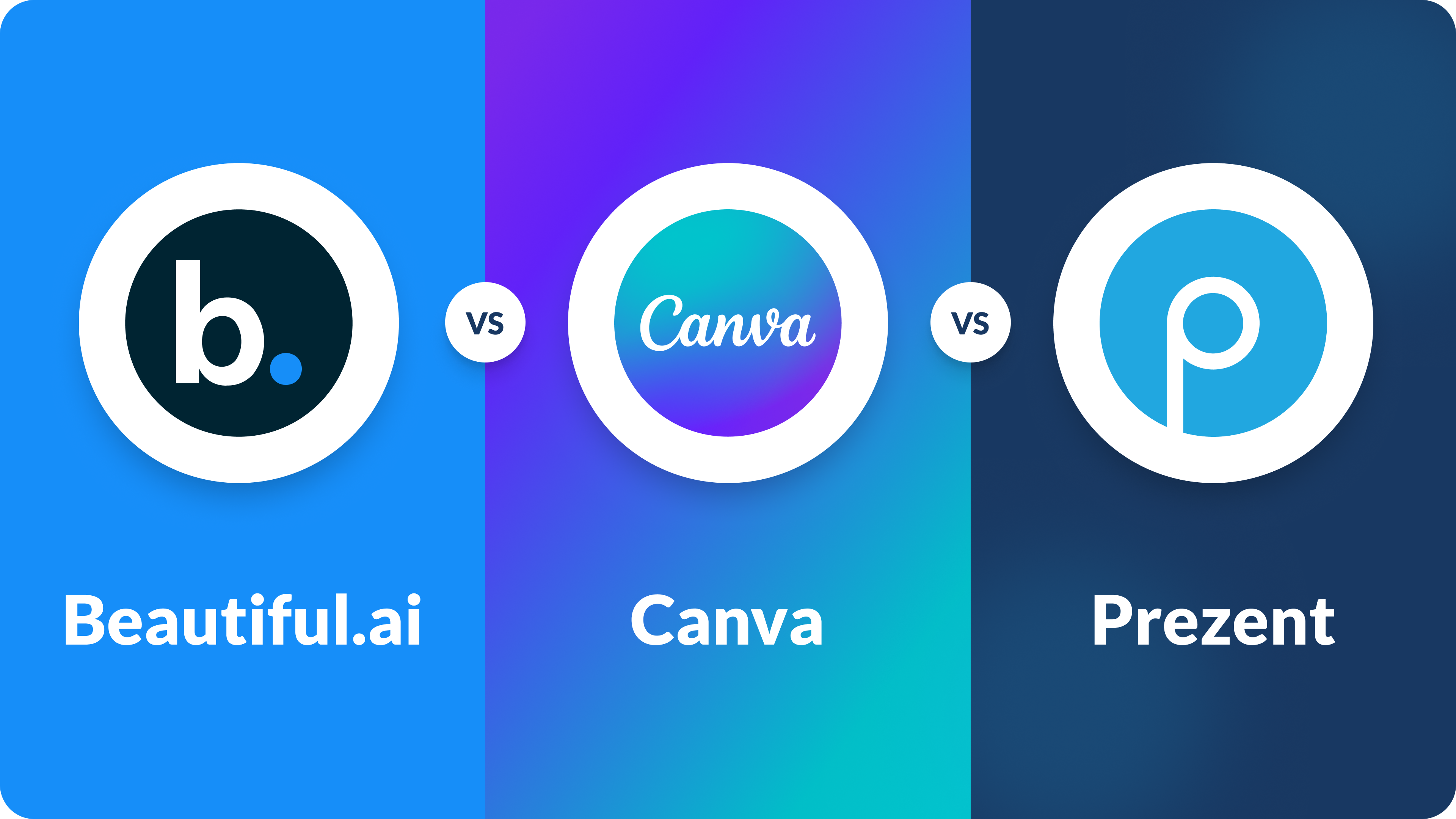
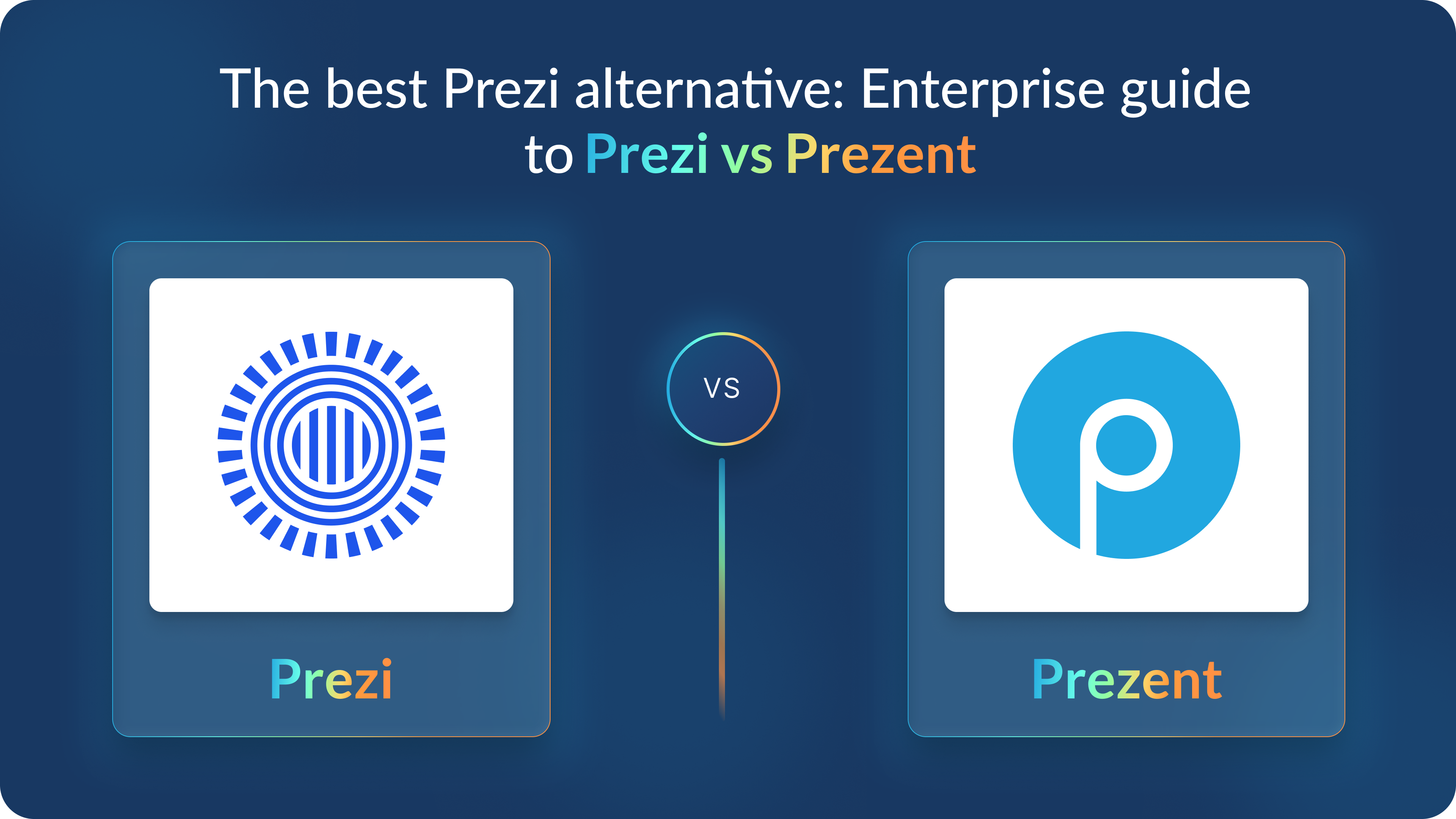
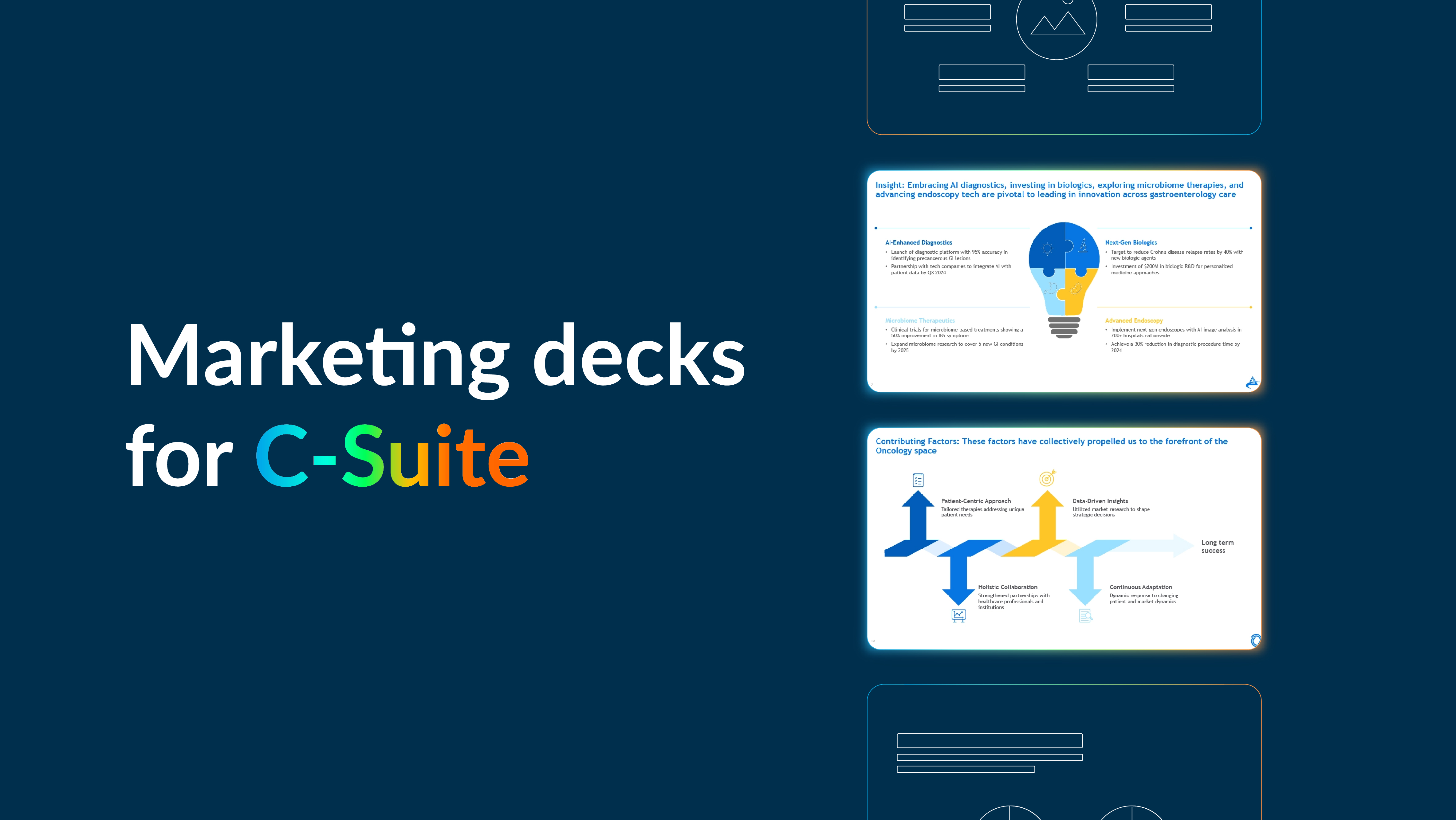
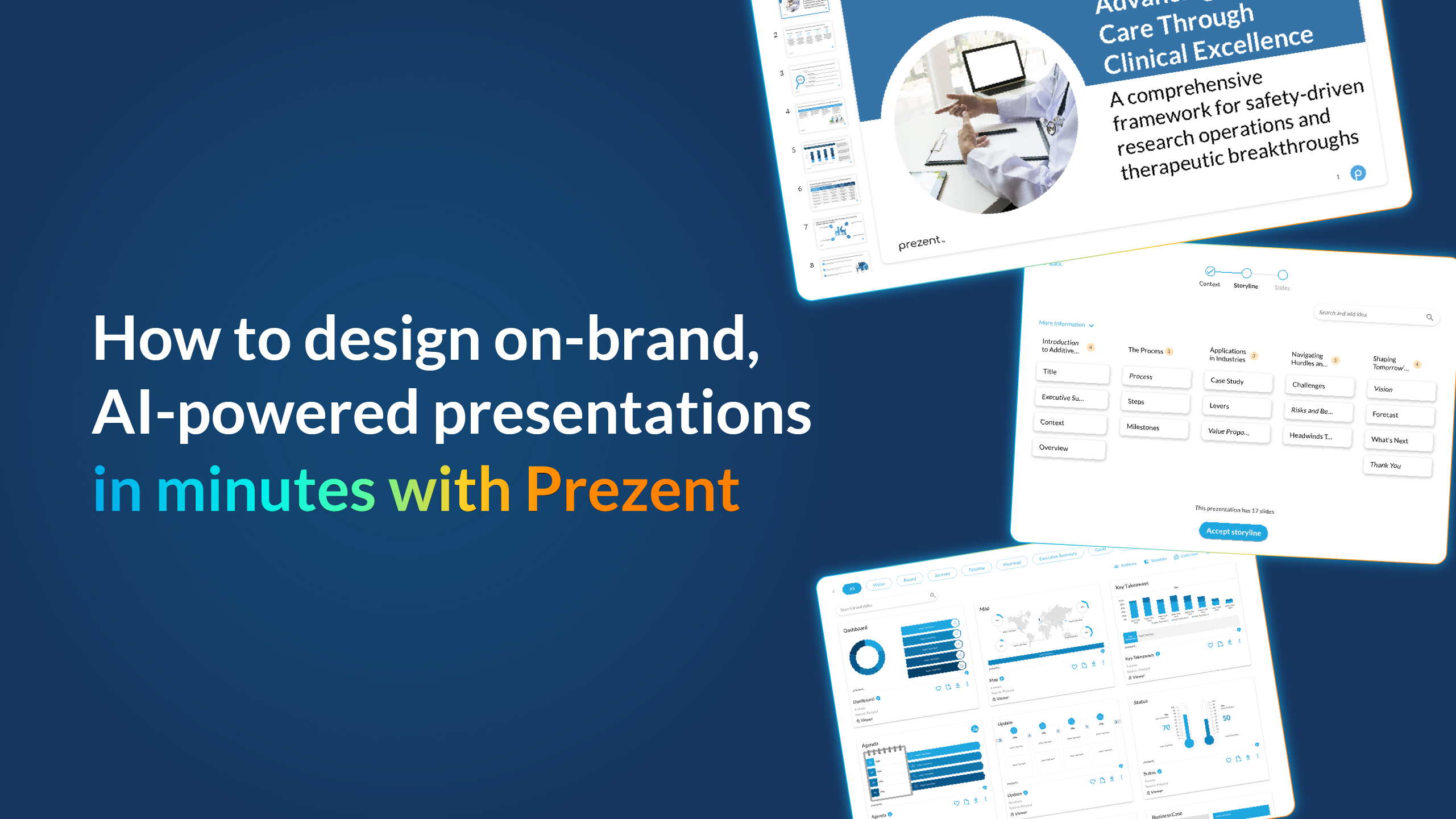
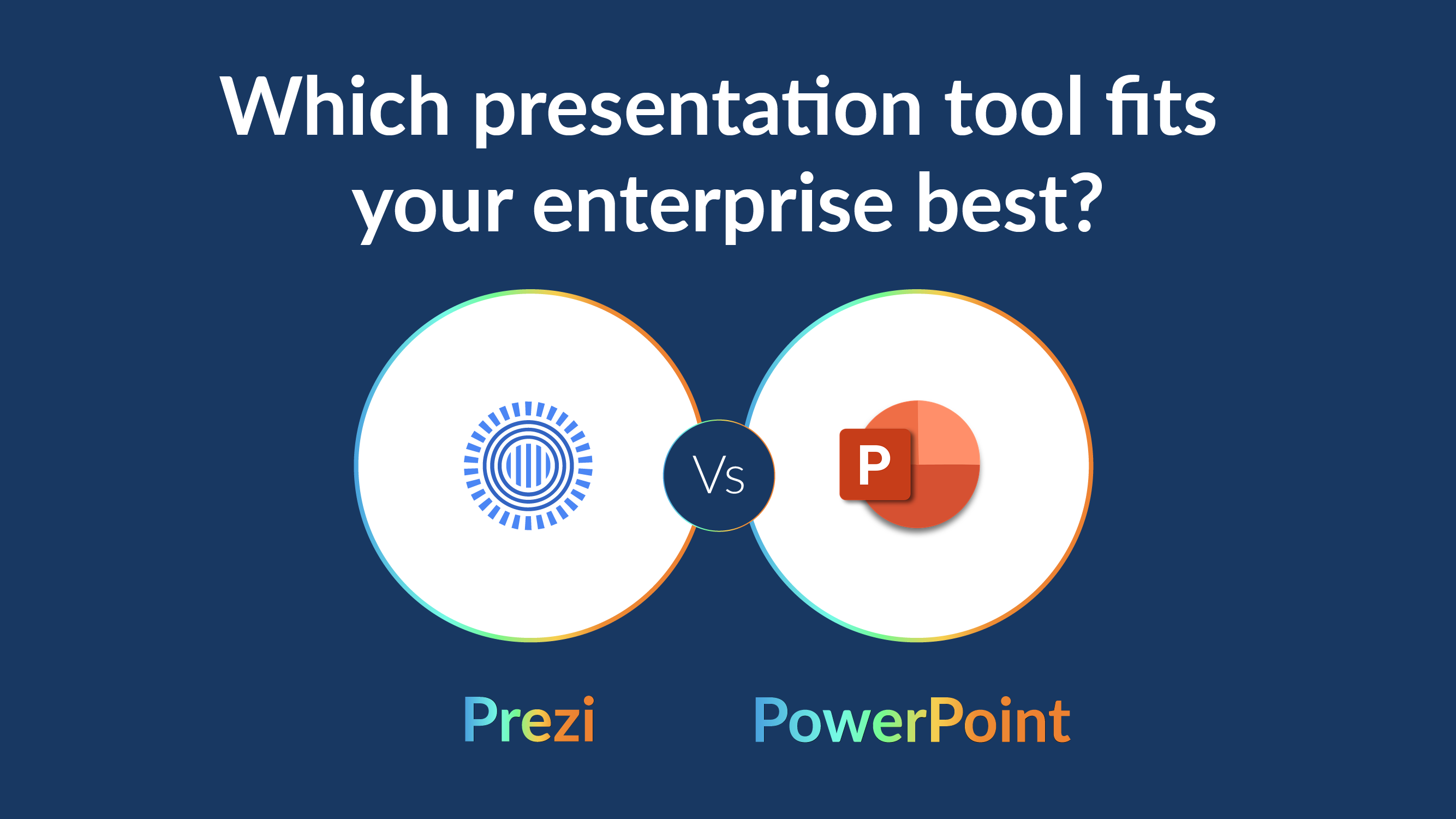
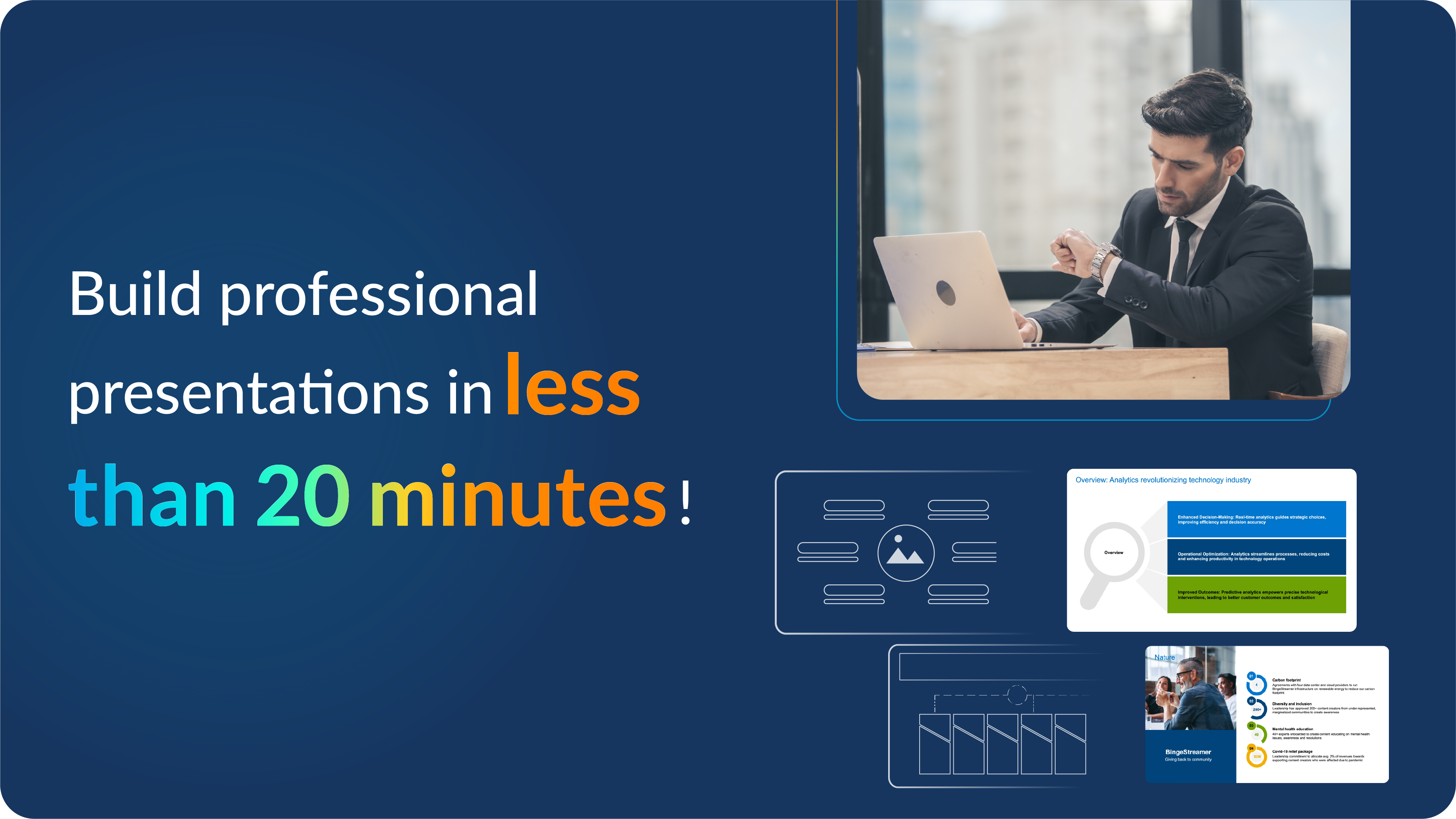
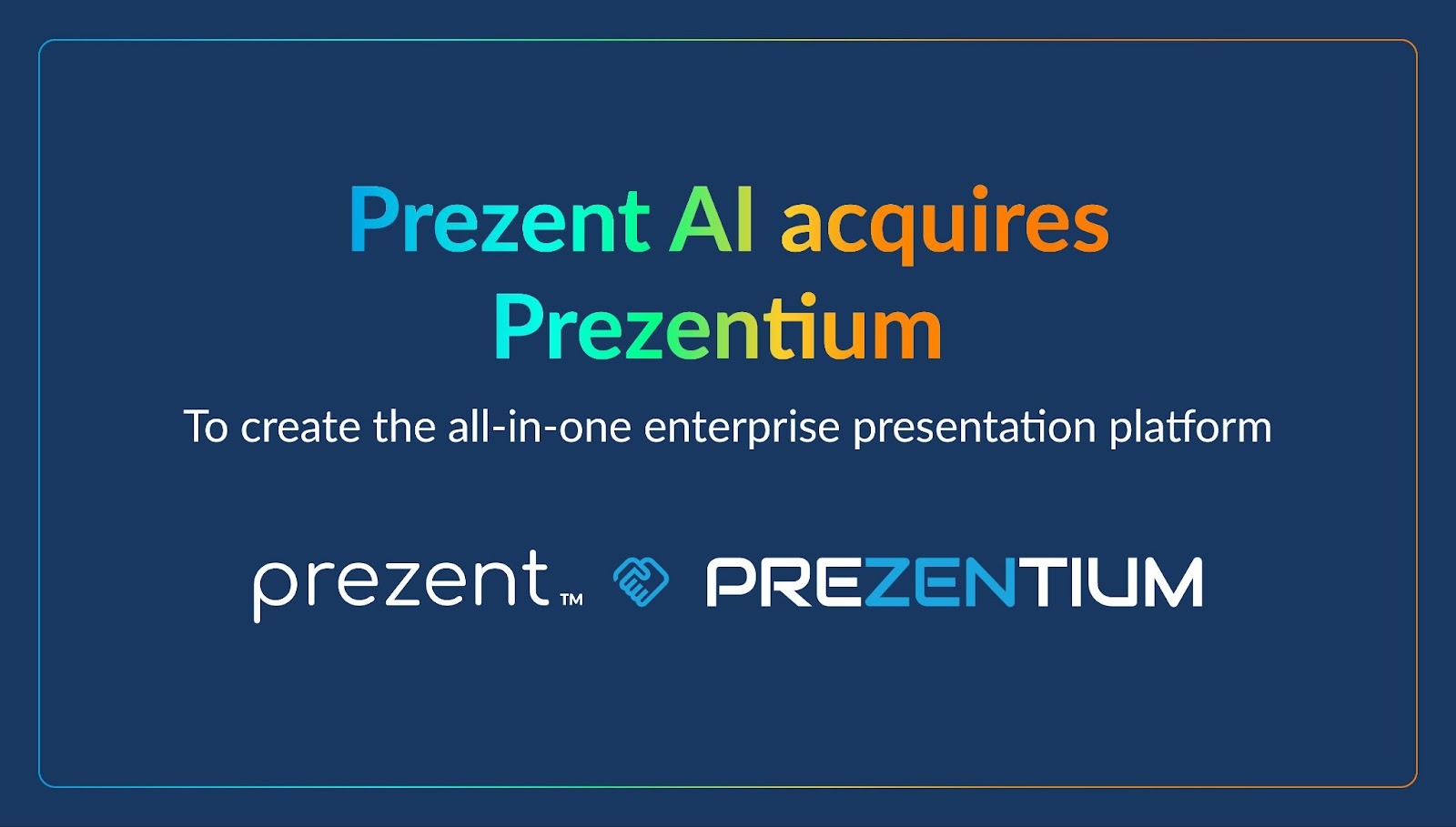
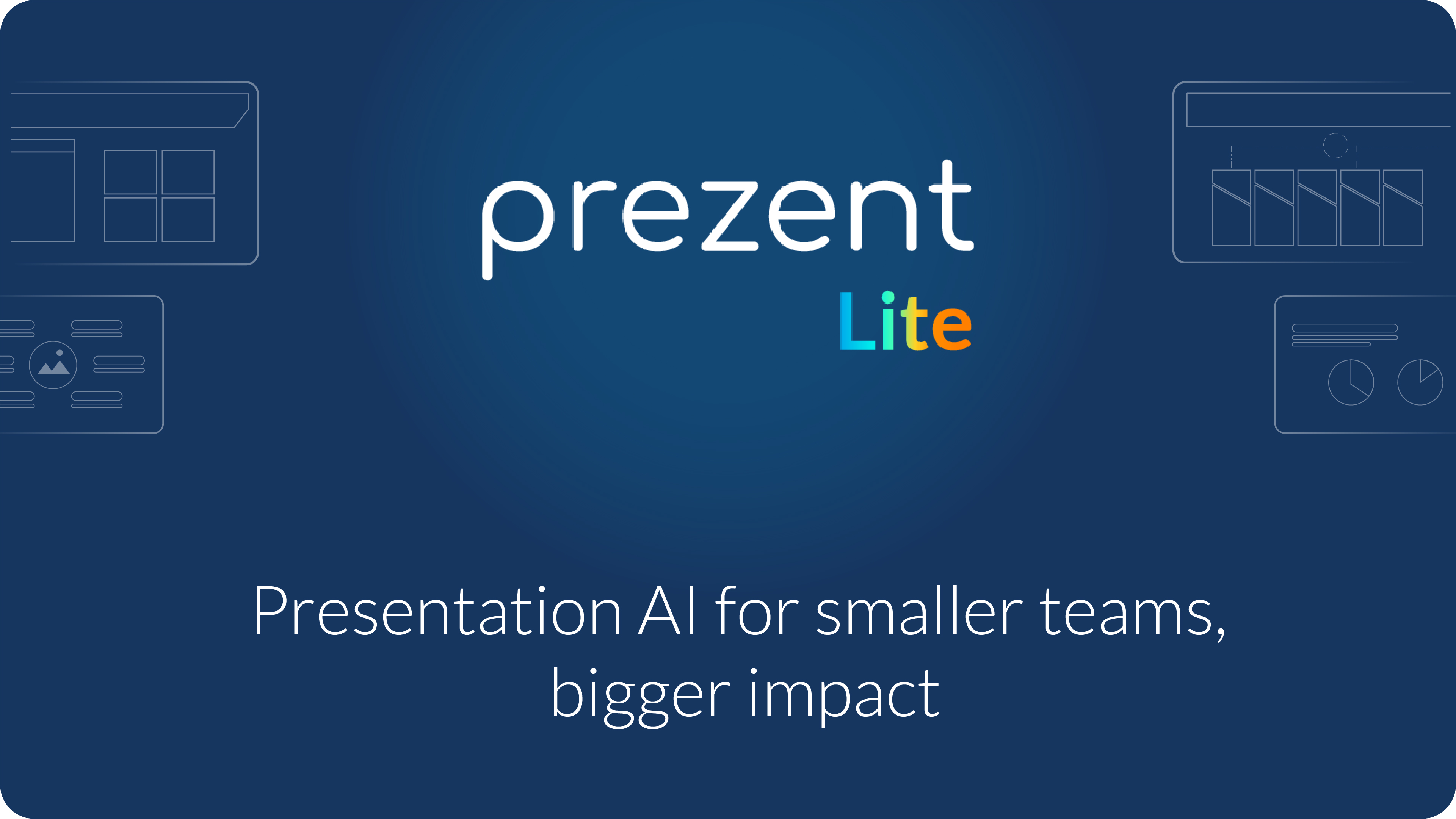
.jpg)



